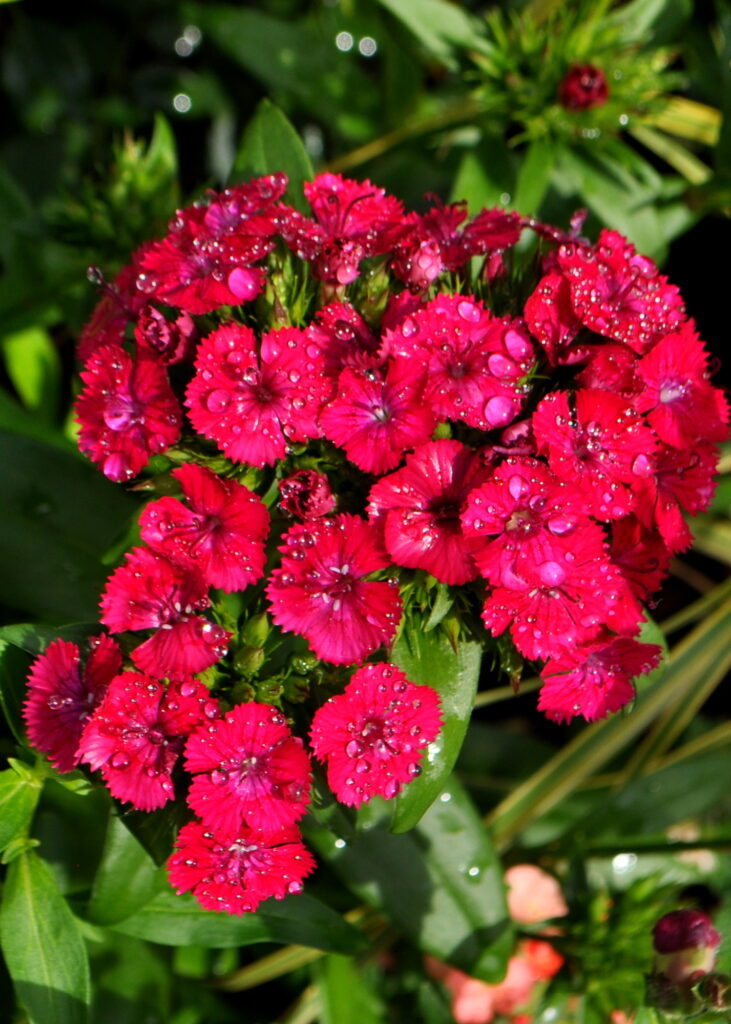
As the buds begin to burst and the warmth of spring beckons, gardeners eagerly anticipate the renewal of their outdoor spaces. However, amidst the excitement of preparing our gardens for the growing season, it’s essential to consider the impact of our actions on the delicate ecosystems that surround us. At Wild Earth Gardens, we’re committed to sustainable landscaping practices that prioritize the well-being of all creatures, great and small, including our vital pollinators.
Why Spring Clean-Up Matters for Pollinators
Spring clean-up is a customary practice for many gardeners, involving the removal of debris, dead foliage, and other remnants of winter. While this can help prepare your garden for new growth, it’s crucial to approach this task mindfully, especially when it comes to supporting pollinators like bees, butterflies, and other beneficial insects.
Many pollinators overwinter in various stages of their life cycles, such as cocoons, hibernating adults, or even as eggs laid on plant stems. Overzealous clean-up efforts can inadvertently disrupt these vital habitats, reducing the survival rates of these essential creatures. Additionally, removing all dead plant material can eliminate potential nesting sites for solitary bees and other beneficial insects.
Pollinator-Friendly Spring Clean-Up Tips
Conclusion
As stewards of the land, it’s our responsibility to nurture and protect the intricate web of life that sustains us all. By adopting pollinator-friendly spring clean-up practices, we can create vibrant, biodiverse landscapes that support the health and vitality of our pollinator populations. At Wild Earth Gardens, we’re dedicated to crafting sustainable outdoor spaces that not only beautify but also harmonize with nature. Join us in our mission to cultivate gardens that thrive, both for us and for the pollinators that make it all possible.